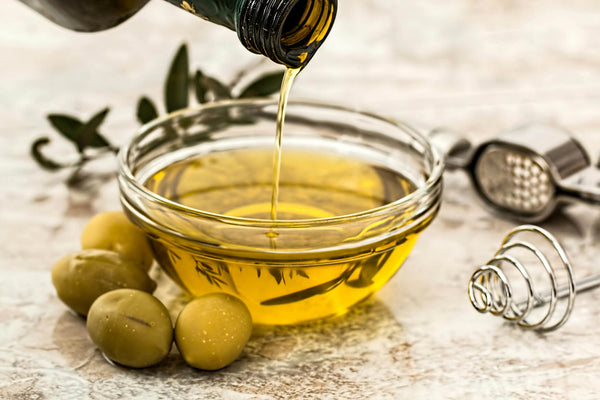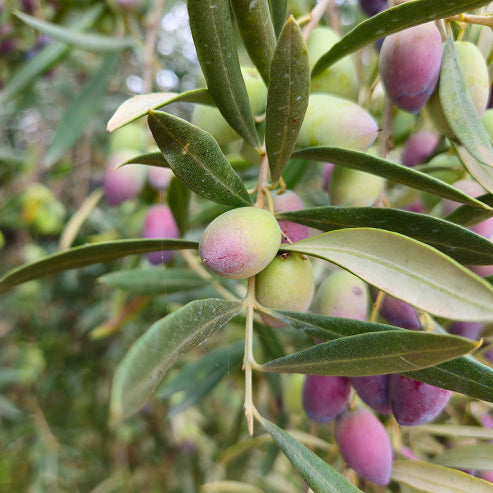Why Most Supermarket Olive Oils Aren’t What They Seem
21/05/2025

And how to spot the real deal
If you’ve ever picked up a bottle of “extra virgin olive oil” from the supermarket shelf and thought you were making a healthy choice — you’re not alone. But here’s the surprising truth: many of the oils sold in mainstream supermarkets aren't what they claim to be. And when it comes to olive oil, the difference between real and fake can be huge — not just in flavour, but in health benefits and freshness too.
The Supermarket Problem: Mislabeling and Mass Production
Supermarket shelves are packed with olive oils labeled “extra virgin,” but studies and investigations have repeatedly shown that many don’t meet the legal standards for this classification. Some contain refined oils, blends from multiple countries, or oils that are already oxidized (rancid) by the time you open them.
Why? Because mass-market brands often prioritise shelf life and profit margins over quality. That means:
-
Olives picked too late (lower in antioxidants)
-
Oil stored in huge industrial tanks for months
-
Heat or chemicals used in extraction
-
Blends of oils from different countries, bottled far from the source
By the time the bottle lands in your kitchen, it might have traveled thousands of miles, sat under harsh lights, and lost much of what makes fresh olive oil so good for you.
What’s Missing: Polyphenols and Freshness
Real extra virgin olive oil is packed with polyphenols — powerful antioxidants responsible for its peppery bite and many of its health benefits. But these degrade over time, especially when oil is exposed to light, heat, and oxygen. Many supermarket bottles have been sitting for months or even years before reaching you, often without a harvest date on the label. If the oil is flat-tasting and bland, it’s likely stale or heavily refined.
Blends, Frauds, and Fake Origins
One of the most troubling issues is how often oils are blended or mislabeled. It’s not uncommon for a bottle labeled “Product of Spain” to actually contain oil from Tunisia, Greece, or Turkey — just bottled in Spain. Some oils are even cut with cheaper refined oils (like soybean or sunflower) and passed off as extra virgin.
So, What’s the Alternative?
To enjoy olive oil the way it’s meant to be — full of flavour, antioxidants, and integrity — skip the supermarket. Look for:
-
Harvest dates clearly listed
-
Single-estate or producer-direct oils
-
Cold-pressed within hours of harvest
-
Dark glass bottles or tins to protect from light
-
Tasting notes like grassy, peppery, or fruity — a sign of freshness
Better still, buy from producers or trusted suppliers who know exactly where the oil comes from and how it’s made.
Bottom line: If your olive oil doesn’t sting a little at the back of your throat, it probably isn’t the real thing.
Want to taste the difference?
Explore our range of fresh, high-polyphenol Extra Virgin Olive Oil from our small family farm in Andalusia — straight from harvest to your kitchen.




